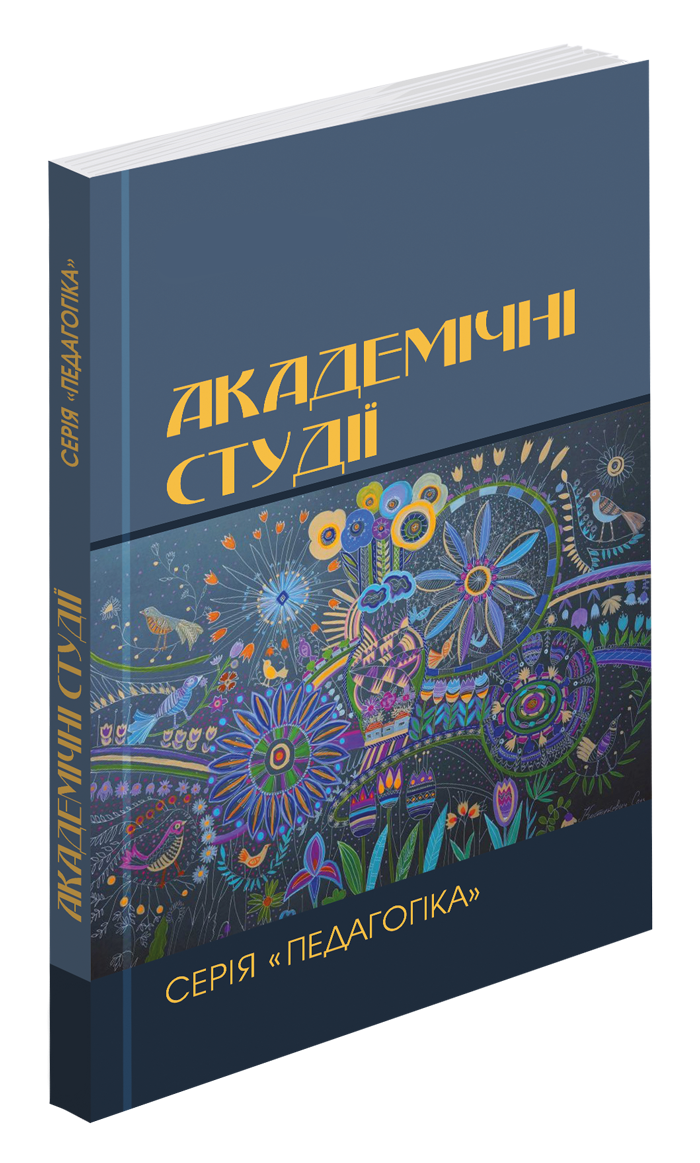Abstract
This paper presents a qualitative case study of an interdisciplinary approach in teaching gender studies to master’s students of philology that synthesizes communication theory with sociology. Emphasizing the use of critical thought, interdisciplinary analysis, and analysis of gendered discourse knowledge to raise awareness about the social construction of gender. Using Judith Butler’s performativity theory, feminist critical discourse analysis (FCDA), and other leading theories, the methodology demonstrates how interdisciplinary methods can be used to interrogate traditional gender roles and stereotypes. Foundations of theories relating directly to language (the deficit, dominance, and difference models) and social and linguistic concepts (hegemonic masculinity) are explored to equip undergraduates with a holistic framework for examining gendered identities.As media analysis, one of the core teaching methods introduced in the article lends itself to a group project format, each related activity is designed to offer students a bigger-picture understanding of the role of gender in the media. Through advertisements, news, and other forms of digital content, students use theories from multiple disciplines to disassemble the subtle ways discourse features gender norms that are either upheld or challenged. The discussions afterward about these projects create space for further consideration and analysis, where students can offer their interpretations and reflect on long and complex conversations around those interpretations with different communities and their relation to larger social structures.The paper concludes that interdisciplinary teaching strategies will provide students with the necessary analytical approaches and forty-nine transdisciplinary communication skills needed to navigate through gendered discourses critically and create more inclusive, equitable social narratives. This method provides these analytical tools and encourages critical awareness, using insights from linguistics, sociology, and communication theory, to empower students to improve gender relations outside the classroom.
References
Baker, P. (2014). Using corpora to analyze gender. Bloomsbury Publishing.
Butler, J. (1990). Gender trouble: Feminism and the subversion of identity. Routledge.
Cameron, D. (1992). Feminism and linguistic theory. Macmillan International Higher Education.
Coates, J. (2015). Women, men and language: A sociolinguistic account of gender differences in language. Routledge.
Connell, R. (2005). Masculinities. Polity Press.
Conrad, S. (2000). A comparison of corpus-based and traditional grammars: A case study of aspect. Language Learning & Technology, 4(2), 43–55.
Eckert, P., & McConnell-Ginet, S. (2013). Language and gender. Cambridge University Press.
Eckert, P. (2000). Linguistic variation as social practice: The linguistic construction of identity in Belten High. Blackwell Publishing.
Fishman, P. (1978). Interaction: The work women do. Social Problems, 25(4), 397–406.
Gill, R. (2007). Gender and the media. Polity Press.
Holmes, J., & Meyerhoff, M. (Eds.). (2003). The handbook of language and gender. Blackwell Publishing.
Kitzinger, C. (2000). Doing feminist conversation analysis. Feminism & Psychology, 10(2), 163–193. https://doi.org/10.1177/0959353500010002001
Lakoff, R. (1975). Language and woman’s place. Harper & Row.
Lazar, M. (2005). Feminist critical discourse analysis: Gender, power and ideology in discourse. Palgrave Macmillan.
Spender, D. (1980). Man made language. Pandora Press.
Sunderland, J. (2004). Gendered discourses. Palgrave Macmillan.
Talbot, M. (2019). Language and gender. Polity Press.
Tannen, D. (1990). You just don’t understand: Women and men in conversation. William Morrow & Company.
Vallerga, F., & Zurbriggen, E. (2022). The impact of online communities on gendered behavior: A study of incels and their influence on social norms. Journal of Gender Studies, 34(2), 145–160. https://doi.org/10.1234/jgs.2022.03402
Wodak, R., & Meyer, M. (2001). Methods of critical discourse analysis. Sage Publications.
Wodak, R. (2001). Discourse and power. Sage Publications.
Wodak, R. (2009). The discourse of politics in action: Politics as usual. Palgrave Macmillan.

